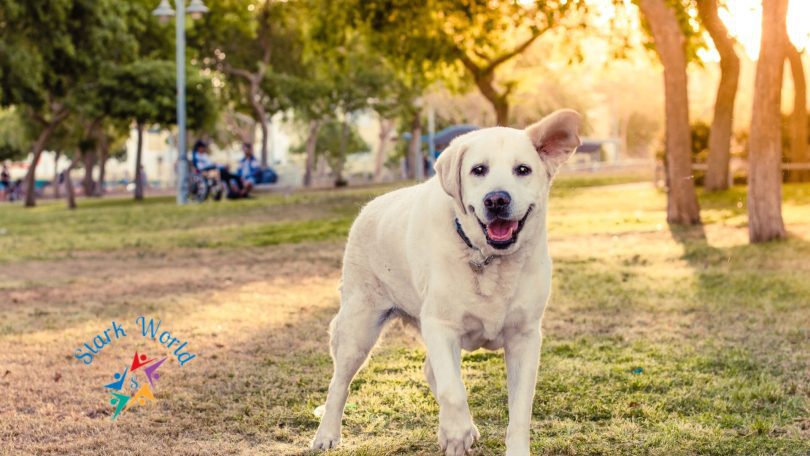Our pets are more than just animals; they’re our loyal companions, boundless sources of joy, and loving members of our family. As such, their health and happiness are paramount. This comprehensive guide will steer you through vet-approved strategies for ensuring your pet’s well-being. Are you ready to become your pet’s best advocate? Let’s dive right in!
Introduction
Importance of keeping pets healthy
Caring for a pet extends beyond just love and affection. Ensuring their health is an essential part of responsible pet ownership. Healthy pets live longer, happier lives, and can participate more fully in activities with their human families.
Healthier pets also mean fewer vet visits and lower vet bills in the long run. Their well-being also contributes to our own, with research demonstrating the various mental and physical health benefits tied to pet ownership.
Benefits of following vet recommendations
Veterinarians are skilled professionals trained to diagnose and treat a wide range of animal health issues. They offer invaluable advice on preventive care, diet, exercise, and other aspects of pet well-being.
Following their recommendations ensures that your pets receive the best possible care, helping to prevent diseases, prolong life, and improve quality of life. So, let’s take a look at what the experts advise!
Step 1: Regular Veterinary Check-Ups
Frequency of check-ups
It is of utmost importance to have your pet undergo regular veterinary check-ups as they help in identifying any possible health concerns at an early stage. This ensures that the necessary measures can be taken in time to prevent the condition from worsening.
It’s generally advisable for pets to have a check-up at least once a year. However, kittens, puppies, senior pets, and pets with chronic health conditions may require more frequent visits. Your veterinarian can offer personalized guidance according to the specific needs of your pet.
Importance of vaccinations and preventive care
Vaccinations are a crucial part of preventive health care, protecting pets against potentially deadly diseases. Regular deworming, heartworm prevention, and flea and tick control are also important to keep your pet healthy and comfortable. Your vet will guide you through the appropriate vaccination and preventive care schedule for your pet.
Step 2: Proper Nutrition
Importance of a balanced diet
A balanced diet is crucial for your pet’s overall health. It provides all the necessary nutrients your pet needs for energy, growth, and a robust immune system. The right food can also help manage weight, support digestion, promote healthy skin and coat, and even aid in managing certain medical conditions. Your vet can suggest the best diet for your pet based on their age, breed, lifestyle, and health status.
Types of food to avoid
While it can be tempting to share our food with our furry friends, certain human foods can be harmful or even lethal to pets. Chocolate, grapes, raisins, onions, garlic, alcohol, caffeine, and xylitol (a sweetener found in some baked goods, candy, and gum) are just a few examples. Always consult with your vet if you’re unsure about feeding your pet a particular food.
Recommended portion sizes
Overfeeding can lead to obesity, which puts pets at risk for several health problems. Portion control plays a key role in maintaining a healthy weight for your pet. The correct portion size depends on your pet’s age, size, breed, and activity level. Your vet can guide the right amount of food for your pet.
Step 3: Exercise and Mental Stimulation
Importance of regular exercise
Regular physical activity is vital for your pet’s health, helping to keep them fit, manage their weight, and reduce behavioral problems.
The amount and type of exercise needed can vary greatly depending on your pet’s age, breed, and health status. Always ensure that your pet’s exercise regime is safe and suitable for them.
Types of activities for different pets
Different pets enjoy different activities. Dogs might enjoy walks, fetch games, agility training, or swimming. Cats might prefer interactive toys, climbing trees, or laser pointer games. Birds and small mammals need their types of stimulation and exercise too. Choose activities that are safe and enjoyable for your pet, and remember to vary them to keep your pet interested.
Mental stimulation techniques
Mental stimulation is just as important as physical exercise for your pet’s overall health and happiness. Puzzle toys, training sessions, socialization opportunities, and even simple games can help keep your pet’s mind sharp.
Step 4: Grooming and Hygiene
Brushing and bathing
Regular grooming not only keeps your pet looking good but also promotes their health. Brushing your pet’s fur has several benefits such as removing dead hair, distributing natural oils, and preventing matting. Bathing helps keep your pet’s skin and coat clean and healthy. Always use pet-friendly products and follow your vet’s advice regarding frequency and techniques.
Nail trimming and dental care
Regular nail trims can prevent painful overgrowth and splintering. Dental care, including brushing your pet’s teeth and providing dental-friendly toys and treats, can help prevent oral health issues. Your vet can show you the correct way to take care of these aspects of your pet’s health.
Importance of flea and tick prevention
Fleas and ticks are more than just a nuisance – they can cause serious health problems for your pets. Regular use of preventive products can help keep these pests at bay and can prevent associated diseases like flea allergy dermatitis, Lyme disease, and others. Consult with your vet about the best flea and tick prevention strategies for your pet.
Step 5: Creating a Safe Environment
Pet-proofing your home
Ensuring a safe environment is imperative for the well-being of your pet. Pet-proofing your home involves removing or securing potential hazards such as toxic plants, chemicals, small objects that can be swallowed, and open windows. It also involves creating safe, comfortable spaces for your pet to rest, eat, and play.
Identifying and eliminating hazards
Everyday household items can pose threats to our pets. It’s important to stay informed about common pet hazards and monitor your pet’s environment regularly to identify and eliminate potential risks. This might include securing loose wires, ensuring trash bins are inaccessible, and making sure your pet can’t escape through doors or windows.
Providing a comfortable and stress-free space
Your pet should have a comfortable, quiet space where they can relax and feel safe







